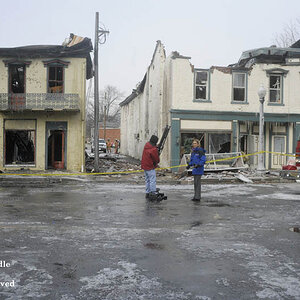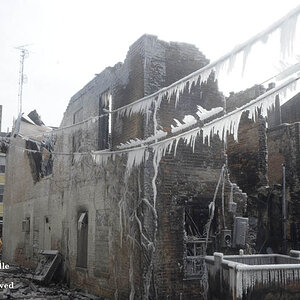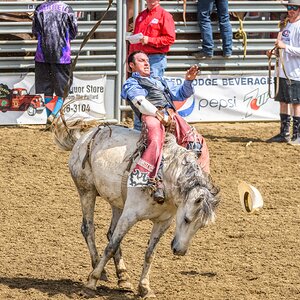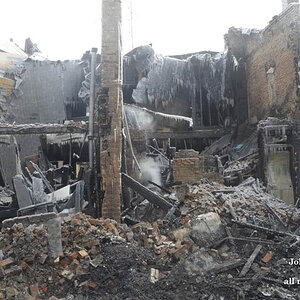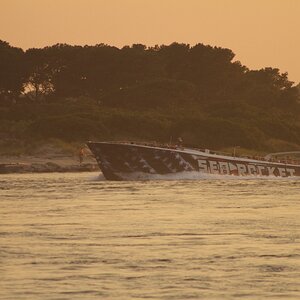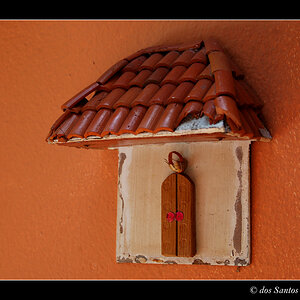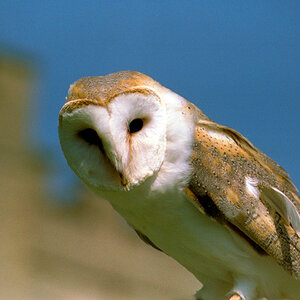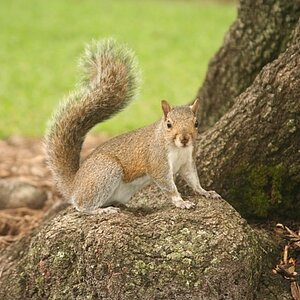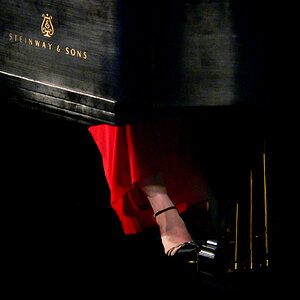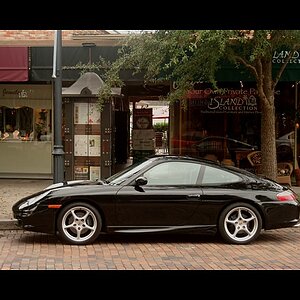Lorrilia
No longer a newbie, moving up!
- Joined
- Jun 3, 2018
- Messages
- 132
- Reaction score
- 79
- Location
- Suffolk UK
- Can others edit my Photos
- Photos NOT OK to edit
Hi all!
Any wildlife snappers out there? I have a question. What's the best lens to use for birds and insects like butterflies, bees and dragonflies? I only own a 75-300mm and 18-55mm lens. I had used both of them. I do prefer 75-300mm as I don't have to get up close and frighten them away.
Any wildlife snappers out there? I have a question. What's the best lens to use for birds and insects like butterflies, bees and dragonflies? I only own a 75-300mm and 18-55mm lens. I had used both of them. I do prefer 75-300mm as I don't have to get up close and frighten them away.



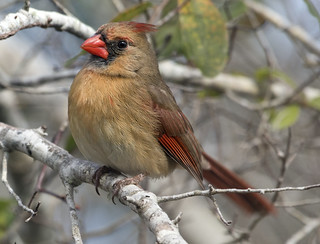 Untitled
Untitled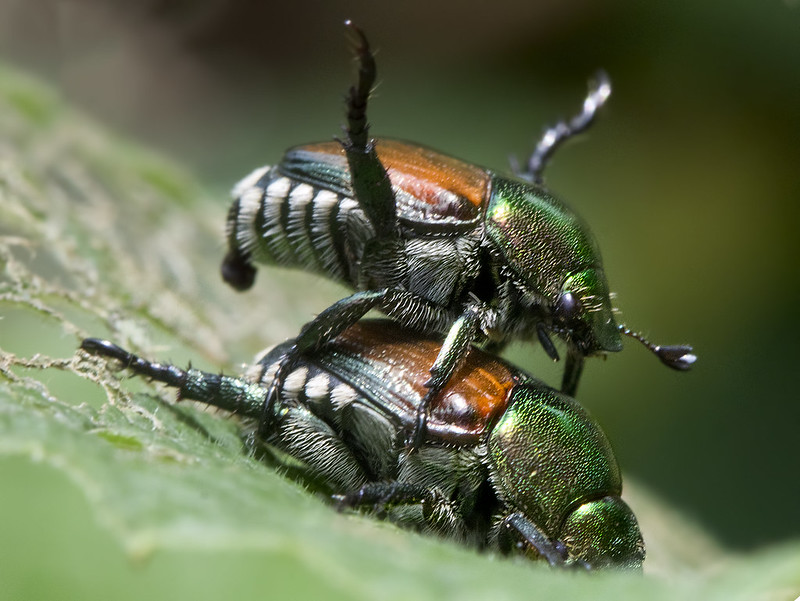 Untitled
Untitled
